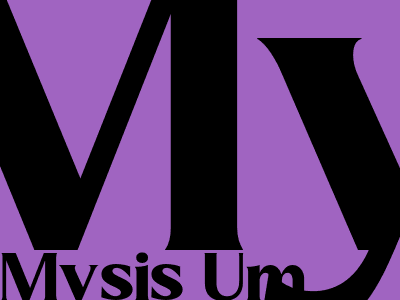
Mysis Um
Improving On-Page SEO for Increased Website Traffic
Understanding On-Page SEO
On-page SEO refers to the optimization techniques applied directly to a website's content and structure to enhance its search engine visibility. It involves optimizing elements like keyword placement, page titles, meta descriptions, and content quality to align with search engine algorithms.
Benefits of On-Page SEO
* **Increased visibility:** Optimized web pages rank higher in search results, leading to increased organic traffic. * **Better user experience:** Well-optimized pages provide a positive user experience, which search engines prioritize. * **Improved credibility:** High-quality content establishes your website as a trusted source, enhancing your reputation. * **Lower bounce rates:** Engaging and informative content encourages visitors to stay on your website, reducing bounce rates.
Core Elements of On-Page SEO
1. Keyword Research
* Identify relevant keywords that align with your target audience's search queries. * Use keyword research tools to analyze search volume, competition, and relevance. * Incorporate keywords naturally into page titles, meta descriptions, headings, and content.
2. Content Creation
* Produce high-quality, informative, and original content that meets user intent. * Optimize content length for readability and search engine preferences (aim for over 300 words). * Use clear and concise language, avoiding overly technical or jargon-filled content.
3. Header Tags
* Use header tags (H1, H2, H3) to structure your content and indicate importance. * Place your main keyword in the H1 tag, providing a brief overview of your page's content. * Use descriptive and keyword-rich subheadings in the following H2 and H3 tags.
4. Page Titles and Meta Descriptions
* Craft compelling page titles that accurately reflect your content within 60 characters. * Include your primary keyword and create a sense of urgency or curiosity. * Write engaging meta descriptions within 160 characters, summarizing your page's content and encouraging users to click through.
5. Image Optimization
* Use descriptive image file names that include relevant keywords. * Add alt tags to images, providing brief descriptions for accessibility and indexing. * Optimize image size to improve page load speed, using file formats like JPEG or PNG.
6. Internal Linking
* Link to relevant pages within your website to improve navigation and distribute authority. * Use descriptive and keyword-rich anchor text to provide context for links. * Avoid excessive linking to avoid diluting link equity.
Conclusion
Effective on-page SEO is a cornerstone of a successful website's visibility and traffic generation. By addressing the core elements outlined above, you can enhance your search engine rankings, attract more organic visitors, and establish your website as a trusted resource in your industry.
Comments